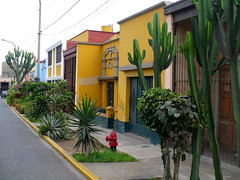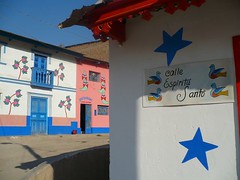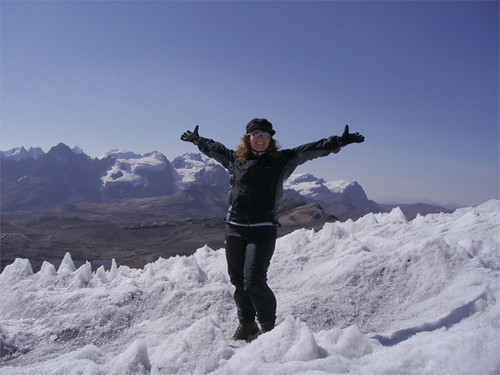Four Wari mummies unearthed at the Huaca Pucllana
A tomb with four mummies belonging to the Wari culture, known for using the pyramidal structures of the cultures they conquered on the coast as burial sites, has been discovered in Lima’s Huaca Pucllana.
The mummies date from around 850AD according to the site director Flores Espinosa, explaining that the principle remains are that of a woman, probably a master weaver, who was accompanied by two babies and a young child.
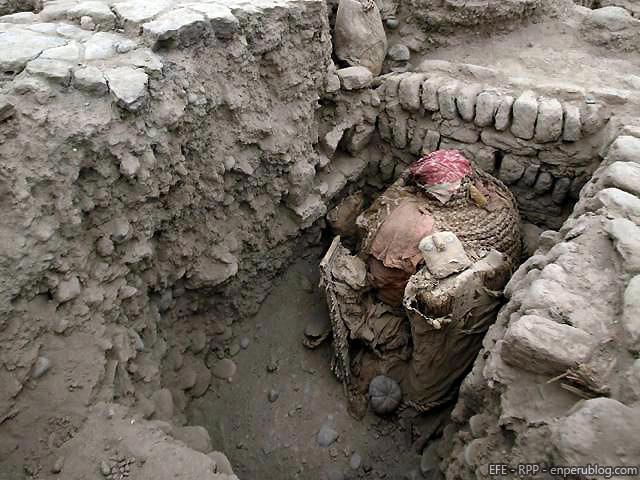
The newly discovered tomb was found completely undisturbed, not the case in most of the other 62 tombs found over the past 5 years of intensive archaeological study, all funded by tourism. Most of these tombs have been damaged in some way in either colonial, republican or modern times.
Still encapsulated in the rope and fabric of the burial bundle yet to be opened, there were also found with a number of sewing needles, threads and semi-completed textiles, suggesting an occupation.
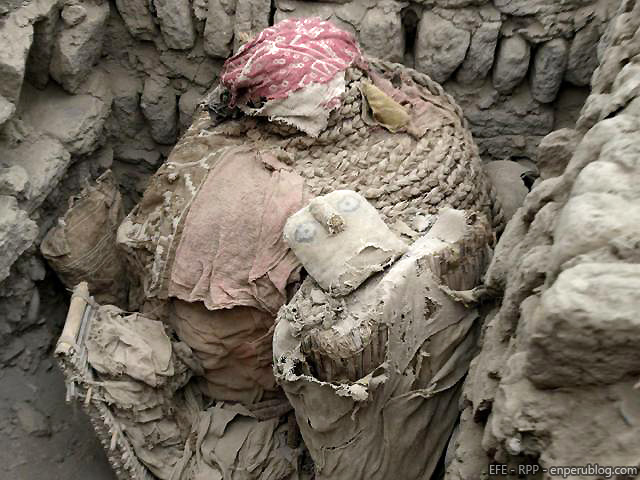

More details
In the mid-late 600s A.D. the Wari built an empire from their Andean homeland – the first of a military/political kind in the Andes. They conquered the people of Lima who had built the Huaca Pucllana and dozens of other pyramids in the region.
The Wari used many of these pyramids as burial sites for the elite, and built the Lima people’s minor sites into centres of power.
Search for more on other Wari sites in Peru!
The bundle is still covered with brown textile, and other red with white figures. A number of cups and vases were also found, along with a hollowed-out pumpkin that seems to have been fashioned as a drinking vessel.
According to Flores, it is difficult to tell if the remains of the children found with the woman were members of her family, whether they were sacrifices from her family or of some others – sometimes offered up voluntarily.
The tomb was discovered two months ago and is covered up each night with iron and plastic sheeting to protect it from the high humidity of Miraflores. The remains will soon undergo X-ray to see what else researches and learn from them.
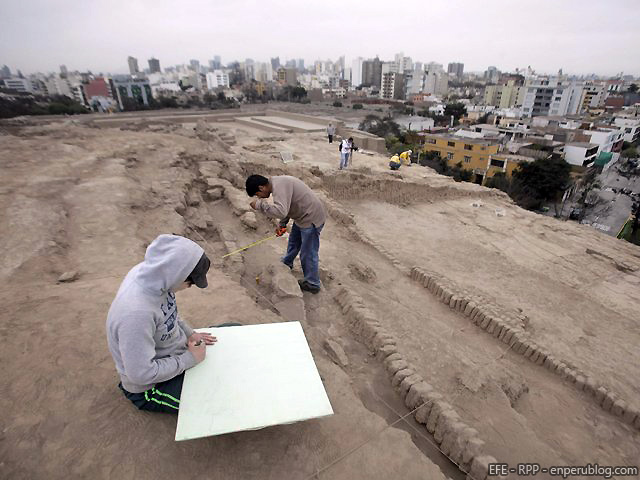
Tags: huaca, huaca pucllana, lima culture, lima precolombina, miraflores, ruins, tombs, wari



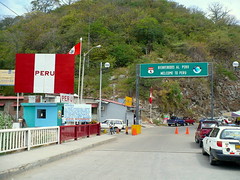

![Destruction of Lima’s architectural heritage [Featured]](http://farm4.static.flickr.com/3160/2691988362_279cb28028_m.jpg)
